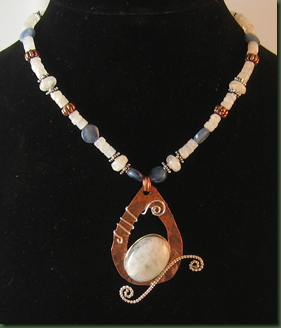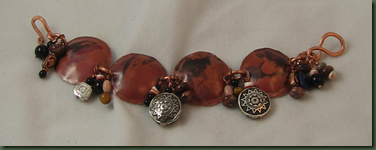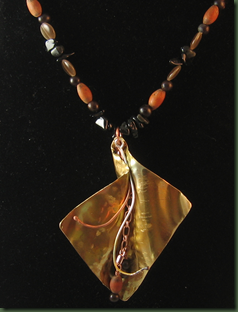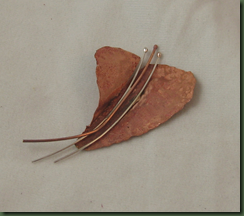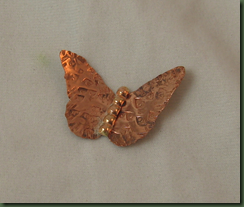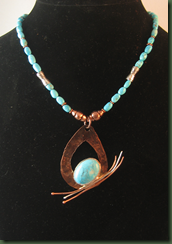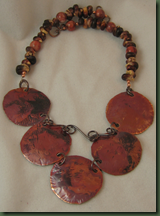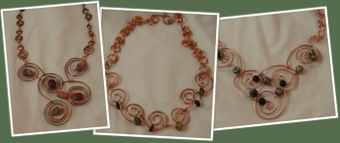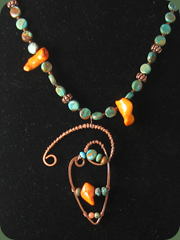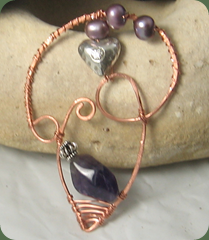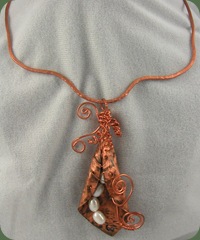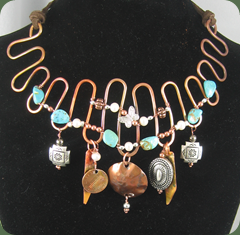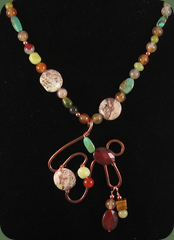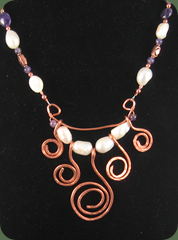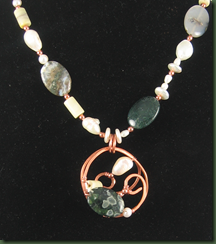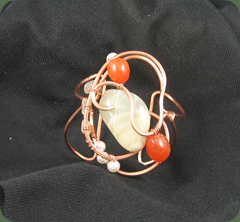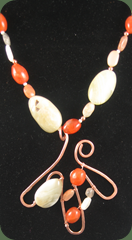Perfectionism is a relatively common topic in gifted education literature. Miriam Adderholdt’s book, Perfectionism: What's Bad About Being Too Good, was a must-read on many graduate course lists. Although perfectionism can have both good and bad sides, we often view it through a negative lens. I’ve thought about it lately since I’ve been working hard on learning to make sterling silver bezels and am never totally happy with how they turn out.  Am I becoming a perfectionist? The following quotes from Adler and Maslow made me feel better: “Adler (1956) said, "the striving for perfection is innate in the sense that it is a part of life, a striving, an urge, a something without which life would be unthinkable." And Maslow (1970) described perfectionism as the "full use and exploitation of talents, capabilities, potentialities, etc." Maslow believed that striving for perfection through self-actualization is the absence of neurosis rather than an indication of its presence. Winner (1996) noted that gifted children are well known to be perfectionists, "But being a perfectionist could well be a good thing if it means having high standards, for high standards ultimately lead to high achievement" (Winner, 1996, p. 215).
Am I becoming a perfectionist? The following quotes from Adler and Maslow made me feel better: “Adler (1956) said, "the striving for perfection is innate in the sense that it is a part of life, a striving, an urge, a something without which life would be unthinkable." And Maslow (1970) described perfectionism as the "full use and exploitation of talents, capabilities, potentialities, etc." Maslow believed that striving for perfection through self-actualization is the absence of neurosis rather than an indication of its presence. Winner (1996) noted that gifted children are well known to be perfectionists, "But being a perfectionist could well be a good thing if it means having high standards, for high standards ultimately lead to high achievement" (Winner, 1996, p. 215).
Even the idea of perfectionism does not fit within my organic design style. I truly enjoy just seeing how something turns out rather than doing a great deal of picturing how I want the design to look. If a color or shape changes as a result of too much torching, I usually just go with it and benefit from happenstance. How does this fit with perfectionism? Hamachek (1978) suggested that perfectionism exists “along a spectrum ranging from normal to neurotic.” He would label a normal perfectionist as someone who gets pleasure from painstaking effort and neurotic perfectionists as "unable to feel satisfaction because in their own eyes they never seem to do things good enough to warrant that feeling."
Even when the design work follows happenstance, I finish each piece to the highest level of perfection my technique allows and then I’m usually happy with the design.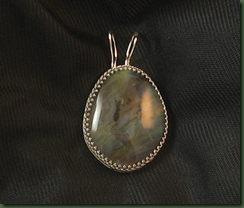 I believe it is possible, however, to become so absorbed by the idea of perfecting a piece that we lose sight of the art. I remember a friend who made a seed bead bracelet and then continued to add another bead here and there for several months. She never felt the bracelet was finished (perfect). I thought it was beautiful in its beginning.
I believe it is possible, however, to become so absorbed by the idea of perfecting a piece that we lose sight of the art. I remember a friend who made a seed bead bracelet and then continued to add another bead here and there for several months. She never felt the bracelet was finished (perfect). I thought it was beautiful in its beginning.
Working on the bezels each day. I thought my first few were nice, but then I looked at someone else’s work and realized I have more technique to perfect. I believe the trick is to keep striving for the best I can do, gain joy in the process, and continue to grow. Positive perfectionism . . . I hope so!
